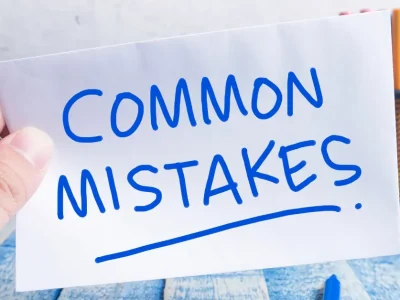In our first article on parallel structure, we gave you the basics—most importantly, the rule that governs parallel structure: When grouping related items in a single sentence, each item should grammatically mirror the others. For example, write “the arguments were lengthy, articulate, and unpersuasive” instead of “the arguments were lengthy, articulate, and did not persuade.” The examples cited in that article were pretty straightforward—nouns go with nouns, adjectives with adjectives, etc.
But we gave you fair warning that our second article would be a bit trickier. And it is—but nothing you can’t handle! Here are some less obvious (but critical) examples of nonparallel structure and suggestions on how to make them parallel:
| NONPARALLEL | PARALLEL | RULE |
|---|---|---|
| Plaintiff argues that (1) federal and state law on the issue are substantially similar and (2) that collateral estoppel cannot apply. | Plaintiff argues that (1) federal and state law on the issue are substantially similar and (2) collateral estoppel cannot apply. | A numbered list only needs “that” before the first number. |
| The rule appears both in state and federal statutes. | The rule appears in both state and federal statutes. | Whatever follows “both” must parallel what comes after “and.” |
| The defendant was either the victim or was the perpetrator. | The defendant was either the victim or the perpetrator. | Whatever follows “either” must parallel what comes after “or.” |
| The judge was not only young but also was inexperienced. | The judge was not only young but also inexperienced. | Whatever follows “not only” must parallel what comes after “also.” |
Now that your knowledge of sentence structure is unparalleled (sorry, we couldn’t help ourselves), check out UWorld’s expertly crafted explanations.
Try UWorld’s MBE QBank 7-day free trial or start your subscription today.




